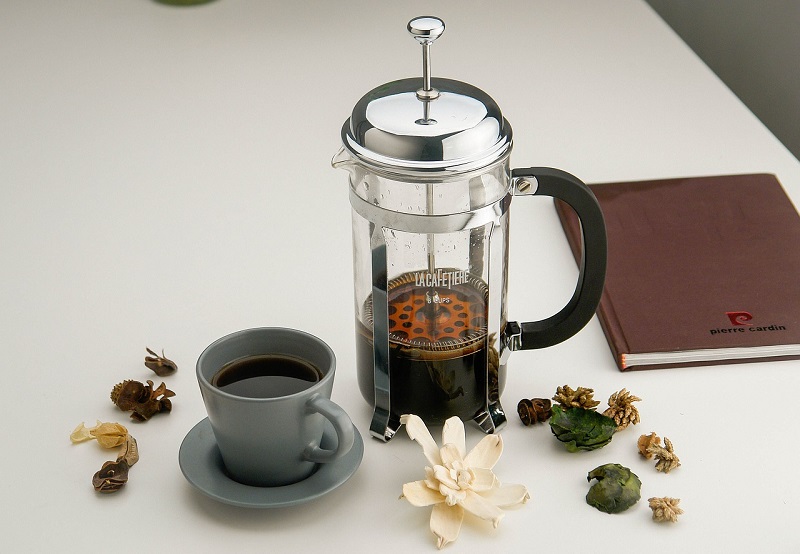Japanese sake is a popular drink among travelers to Japan, and many people want to learn more about it. A Japanese sake set is a great way to appreciate the different types of sake and the different nuances of each one. Once people begin to understand the different types of sake, they often want to drink it more at home. For this, it is important to find the perfect Japanese sake set.
Japanese sake sets are known for their elegant and refined design, which reflects the traditional Japanese culture and aesthetic. They are typically made from high-quality materials such as ceramic, glass, or lacquer ware, and are often decorated with intricate patterns or designs.
Read The Whole Article To Find Out More About A Japanese Sake Set To Have An Overall Better Understanding!
 |
| Japanese Sake Set |
How to choose the best Japanese sake set?
If you're interested in purchasing a Japanese sake set, there are several features you'll want to consider before making your decision. A sake set is more than just a collection of servingware; it is a reflection of the traditional Japanese culture and aesthetic. Therefore, it's important to choose a set that is not only functional, but also embodies the beauty and craftsmanship of Japan.
Firstly, you want to make sure that you get a set that is both practical and aesthetically pleasing. A Japanese sake set makes for the perfect Japanese gift for someone who enjoys traditional Japanese drinks. Here we will tell you about the items you need to consider while choosing the best Japanese sake drinking set.
Once you understand all of the things to consider, you can become familiar with the components of a Japanese sake set and choose the best one for you. Further, you will learn about the features you should look for while buying a Japanese sake set.
The Art Of Choosing A Japanese Sake Set: A Guide
Here are the main features to consider while purchasing a Japanese sake set. The features and size of the set you choose should be based on the style and material you prefer.
- Consider the size:
One of the most important things to keep in mind when purchasing a Japanese sake set is the size of the cups. The sizes can vary greatly from set to set. Many people are surprised to see how small the sake cups can be.
As the name suggests, sake is meant to be sipped and enjoyed, so the sake cups in which it is served are relatively tiny. Typically, a sake cup is around 1.5 inches wide and 2 inches tall and can hold about 2 oz of sake.
When it comes to sake cups, there are three main types: the ochoko (small cup), the Guinomi (medium cup), and the more traditional sakazuki (wide-mouth cup). Sake can also be served in a square wooden box called a masu, or in a sake decanter that holds 14-16 ounces. So, if you need a particular size of sake cup, make sure to check the size description before buying a sake set.
- Style to consider:
If you're looking for an authentic Japanese sake set, there are many things to consider beyond just style. For example, the material it's made of - ceramic is traditional - as well as the design and colors. Some sets even feature painted pictures of Japanese characters and patterns.
- Material check:
Sake decanters and cups can be made out of a variety of materials, such as glazed porcelain, clay, ceramic, glass, plastic, and even wood. The material you choose for your Japanese sake set is considered a matter of personal style. The material that has the most significant impact on the sake set is wood because it can impart an oakiness or woodiness to the sake.
Conclusion
Using a Japanese sake set is an excellent way to enhance the experience of enjoying sake. The small size of the tokkuri and choko allows you to savor the flavors of the sake, and the ritual of pouring and serving the sake can add a sense of ceremony and tradition to the occasion.
Overall, a Japanese sake set is a beautiful and authentic way to serve and enjoy this traditional Japanese beverage.











Social Plugin